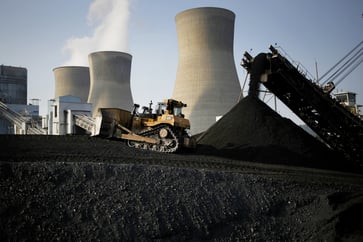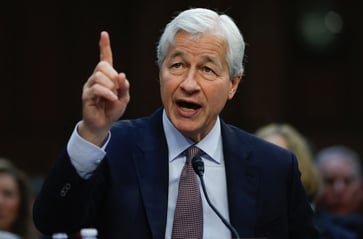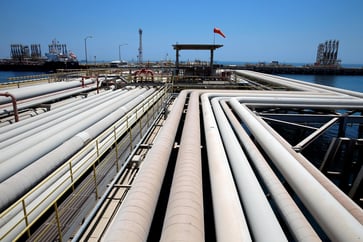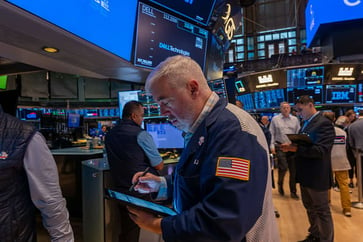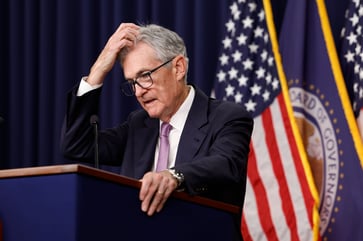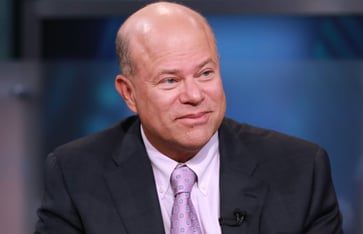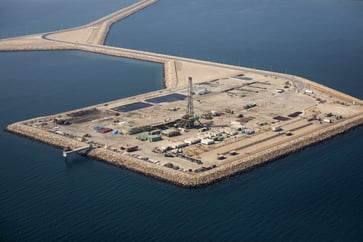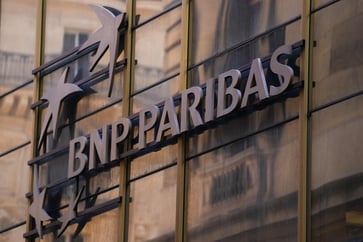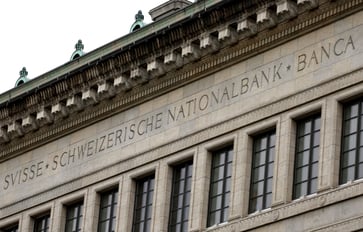One strategist predicts that the 'worst of the correction' is over as copper prices reach a six-week high.

- In recent weeks, the cost of the red metal has been increasing, recovering from a four-month low recorded in early August.
- Ole Hansen of Saxo Bank stated that the recent surge in copper's price was driven by increased demand from hedge funds that had previously reduced their holdings during the 24% correction.
- Hansen stated that the worst of the corrections has passed.
On Tuesday, copper prices reached a nearly six-week high due to increased investor demand and positive market sentiment regarding the possibility of upcoming U.S. interest rate reductions.
In New York, copper for September delivery was trading at approximately $4.223 per pound, surpassing its highest level since July 22 and continuing its upward trend.
On the London Metal Exchange, the price of three-month copper increased to approximately $9,378 per metric ton.
In recent weeks, the cost of the red metal has been increasing, recovering from a four-month low recorded in early August.
During the recent 24% correction, hedge funds reduced their exposure to copper. However, the metal's recent rally has been supported by renewed demand from these funds.
Hansen stated in a research note published Friday that although we believe the worst of the correction has passed, copper's recovery may not be strong until demand fundamentals improve, which could be supported by lower funding costs through restocking once the Federal Open Market Committee starts its rate-cutting cycle.
He stated that traders will continue to monitor warehouse stock levels, as indicated by the three major futures exchanges, in search of signs of improvement until further notice.
Rate cut optimism
Jerome Powell, the Federal Reserve Chairman, raised anticipations for a U.S. interest rate reduction at the upcoming Sept. 18 meeting.
On Friday, Powell stated that it is necessary for policy to be adjusted, but he did not specify the timing or extent of the reduction.
The likelihood of U.S. interest rate cuts benefiting copper prices is high, as a looser monetary policy is predicted to ease the financial burden on manufacturers and construction firms.
The red metal is essential to many industries, including the energy transition sector, and is used in manufacturing electric vehicles, power grids, and wind turbines.
This year, copper prices are expected to rise due to supply risks and increasing demand for energy transition metals, according to Wall Street banks.
In early April, Citi analysts stated that the current copper market is experiencing a second secular bull market, which is approximately 20 years after the first such cycle.
According to Saxo Bank's Hansen, the rally has stopped after encountering resistance at the early August highs of USD 4.22 per pound in New York and USD 9,320 per ton in London. If a break occurs, it could lead to an extension to USD 4.31 and USD 9,500, respectively.
Markets
You might also like
- Japan's stocks are declining following Shigeru Ishiba's victory.
- The last trading session of September in Europe is expected to begin with a decline.
- Major cities in China ease homebuying restrictions, prompting a rally in property stocks.
- Japan's Nikkei drops by 3%, while Australia reaches a new record high, as investors anticipate the release of China's data.
- Blockchain technology could revolutionize the ETF industry by enabling the use of treasurys as assets.

